Object and Data Modelling: Weka and Data Mining Applications
VerifiedAdded on 2022/09/30
|30
|2071
|459
Project
AI Summary
This project undertakes an in-depth exploration of object and data modelling, leveraging the capabilities of machine learning models within the Weka environment. The study begins with a performance evaluation of five classification models—MultilayerPerceptron, Naive Bayes, J48, RandomForest, and REP tree—across three distinct datasets: Iris, Breast Cancer, and Diabetes. The analysis involves descriptive statistics, graphical representations, and a comparative assessment of model accuracies, false positive rates, and key parameters like precision, recall, and ROC area. The project then transitions to data mining applications, defining its purposes, including revenue increase, customer relationship improvement, and risk reduction. The stages of data mining, encompassing data sources, exploration, modeling, and deployment, are outlined. Finally, it delves into real-world applications, particularly focusing on revenue enhancement and customer relations within the telecommunications sector, emphasizing the use of predictive models to mitigate customer churn. The project references various research papers to support its methodologies and findings.
1 out of 30
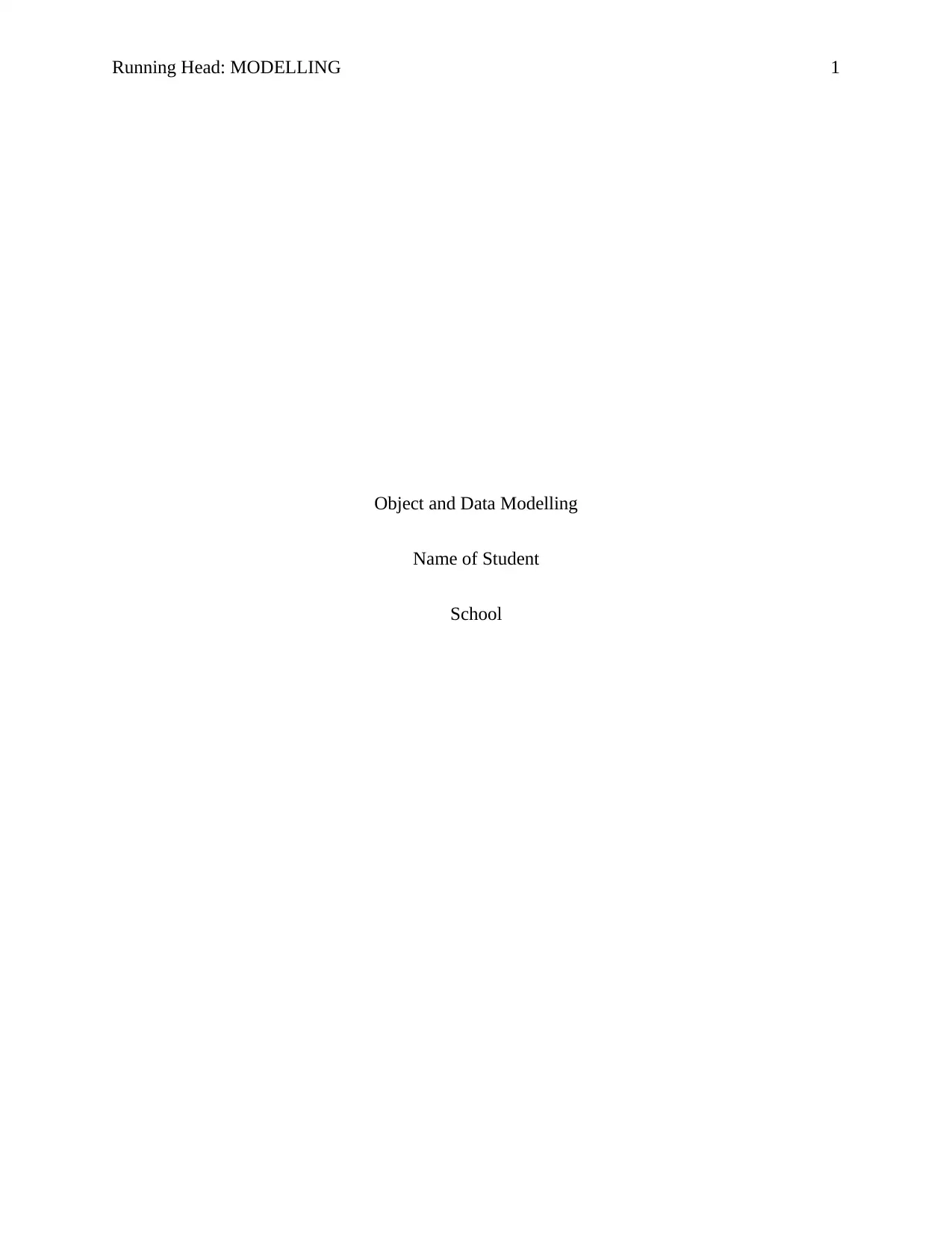
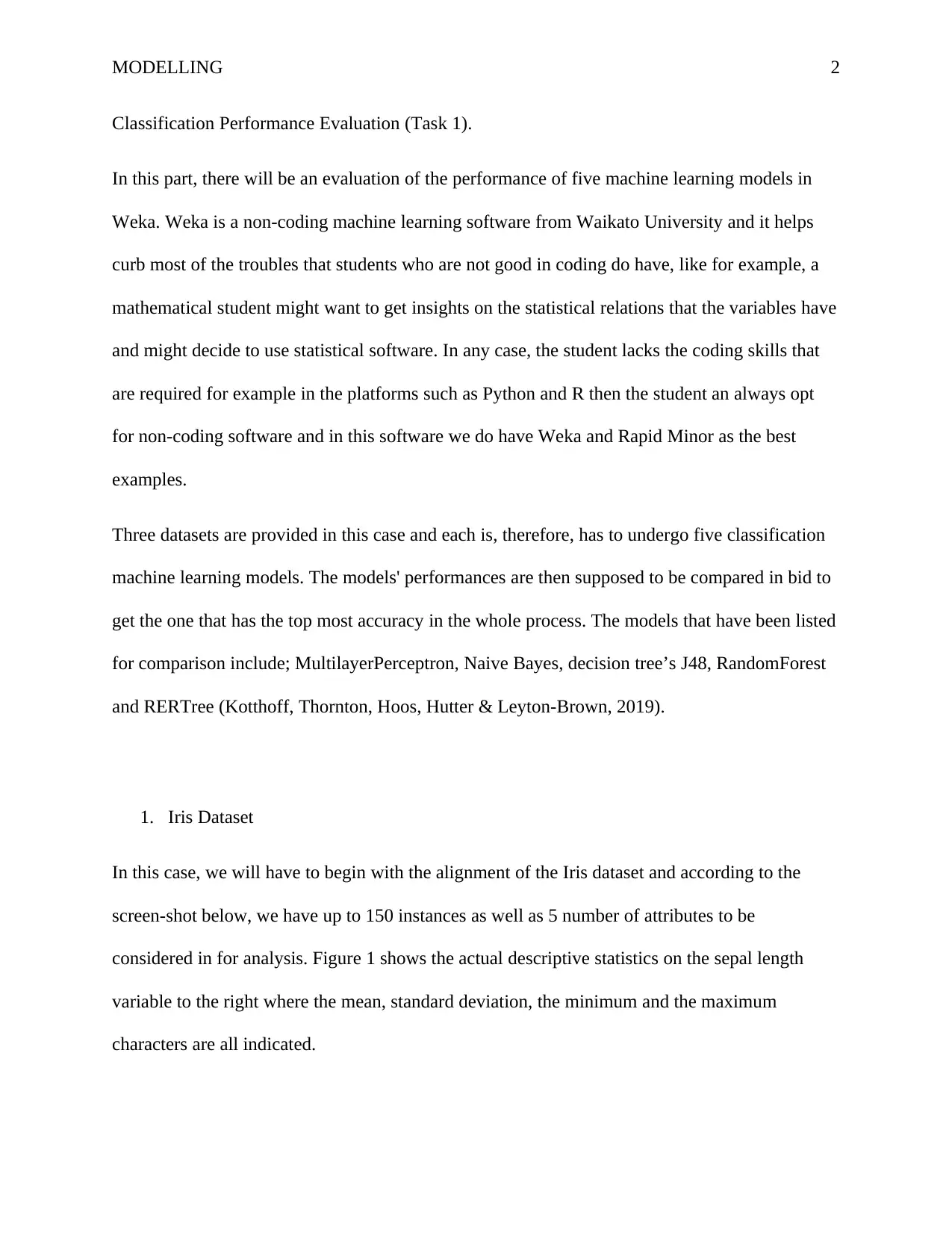
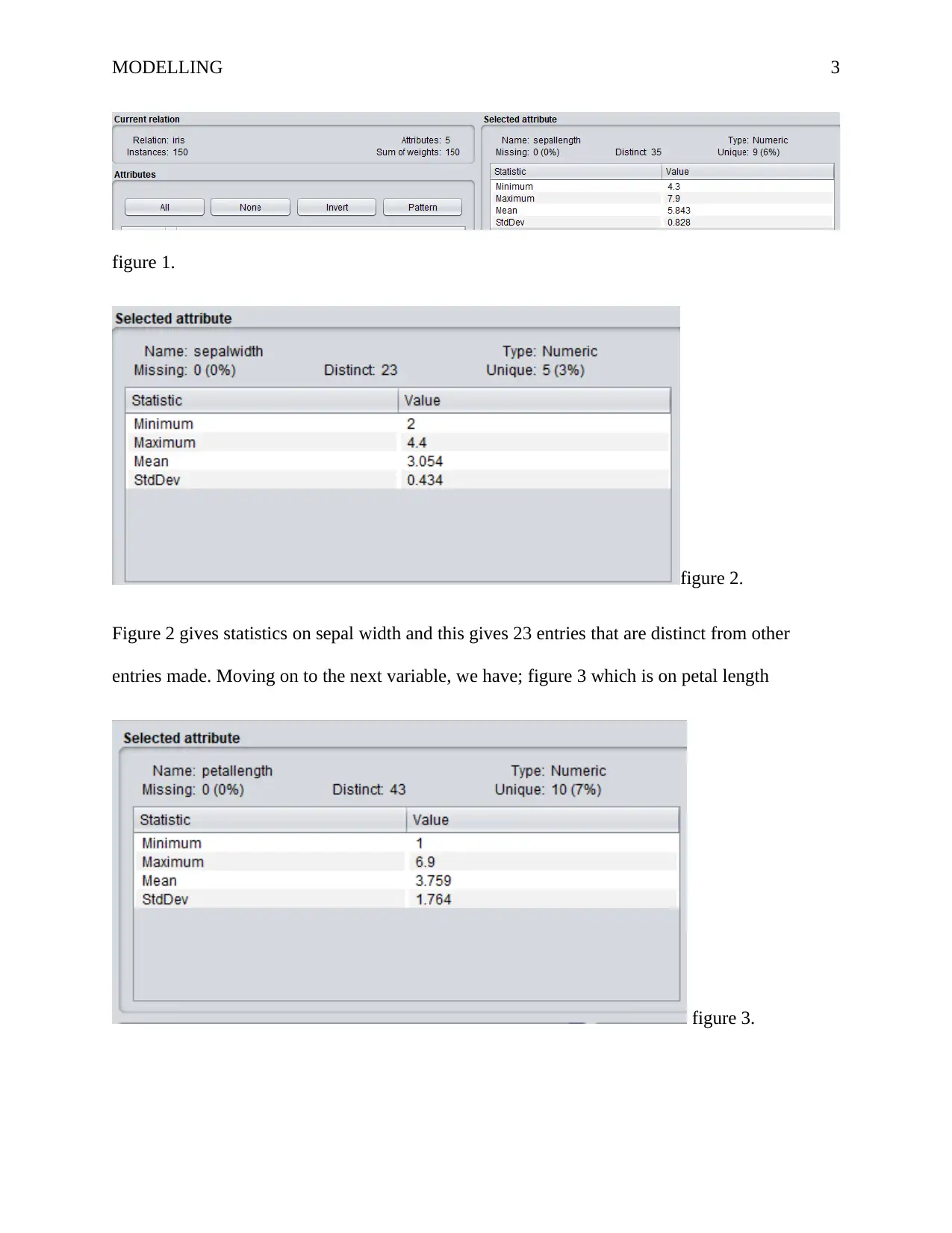

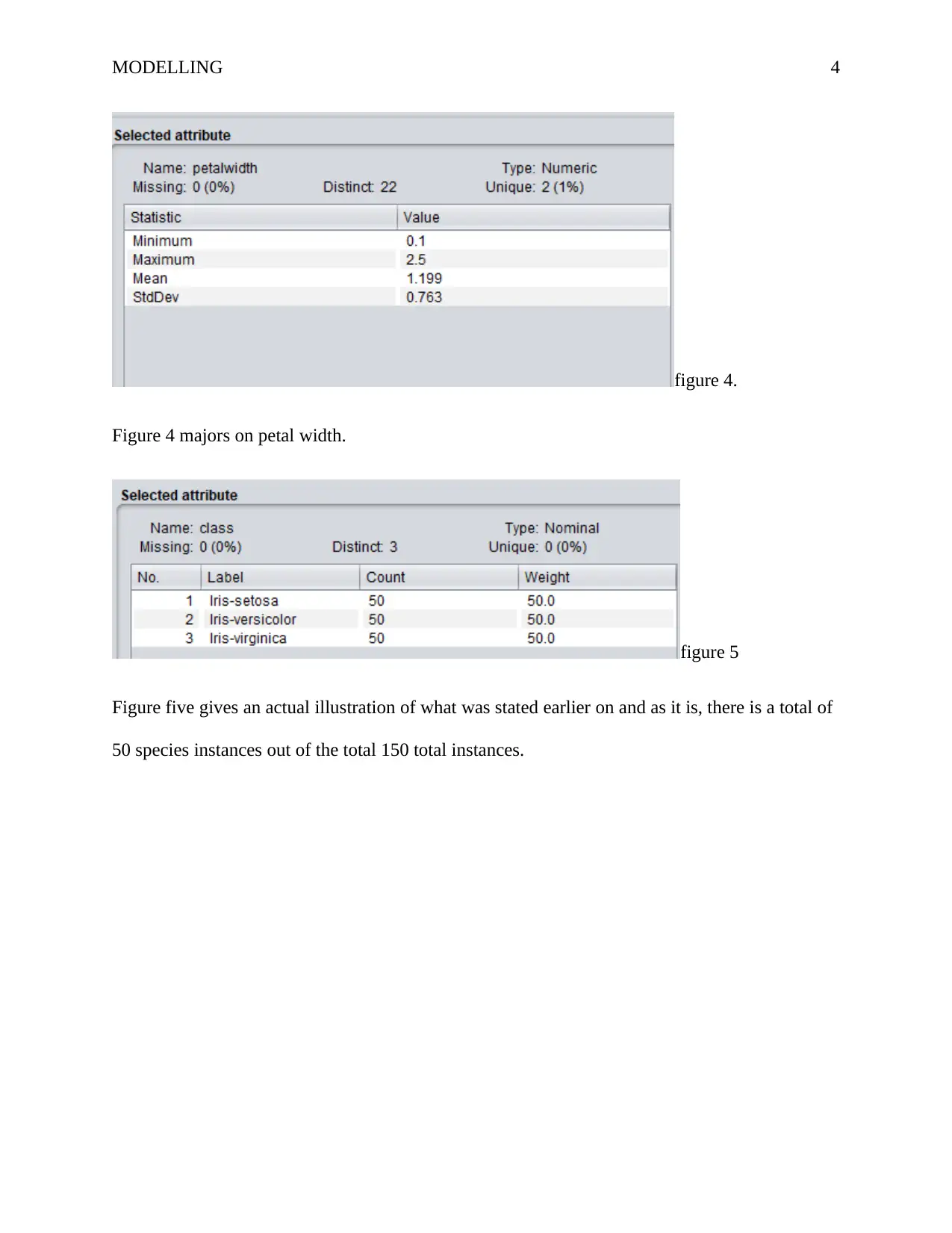
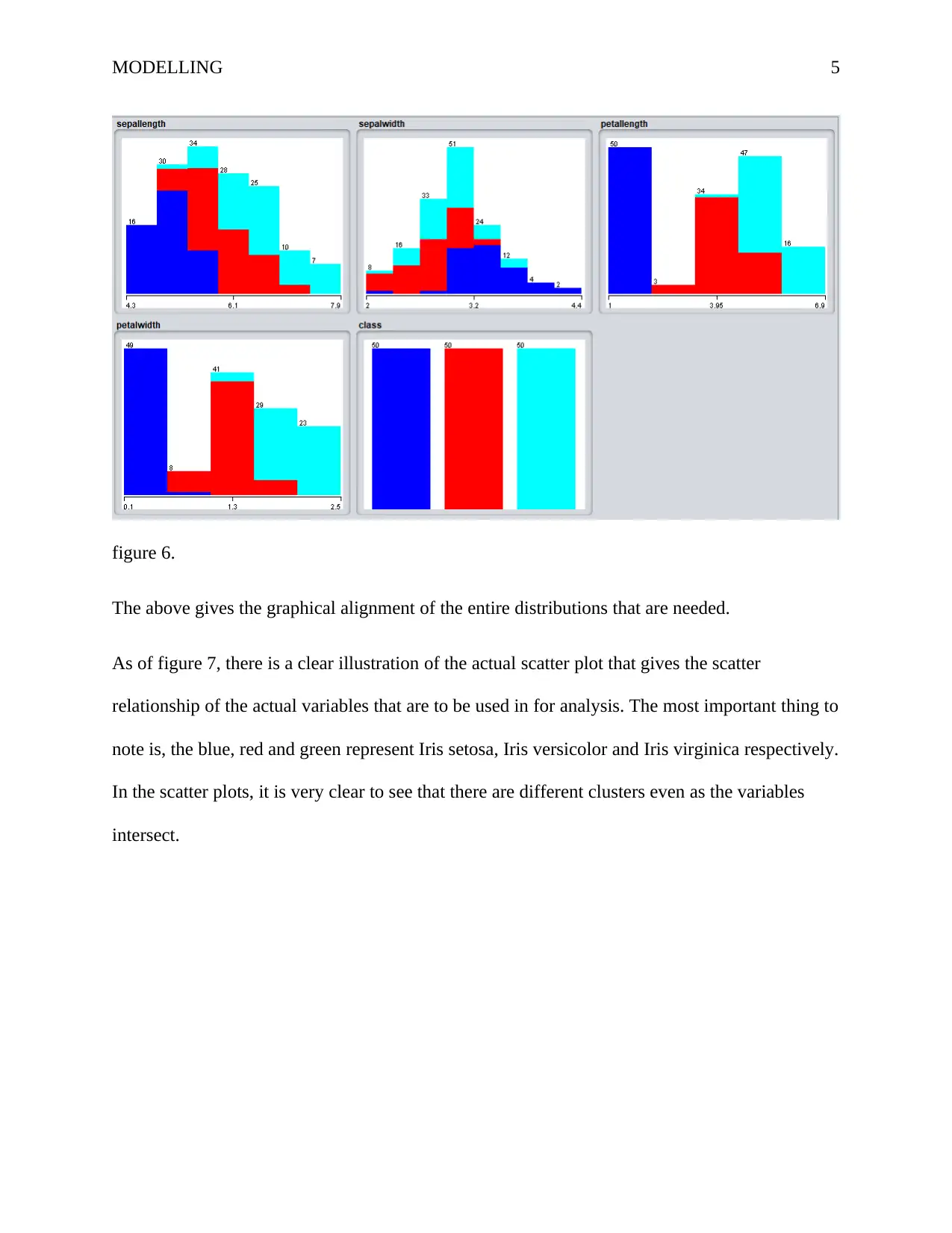
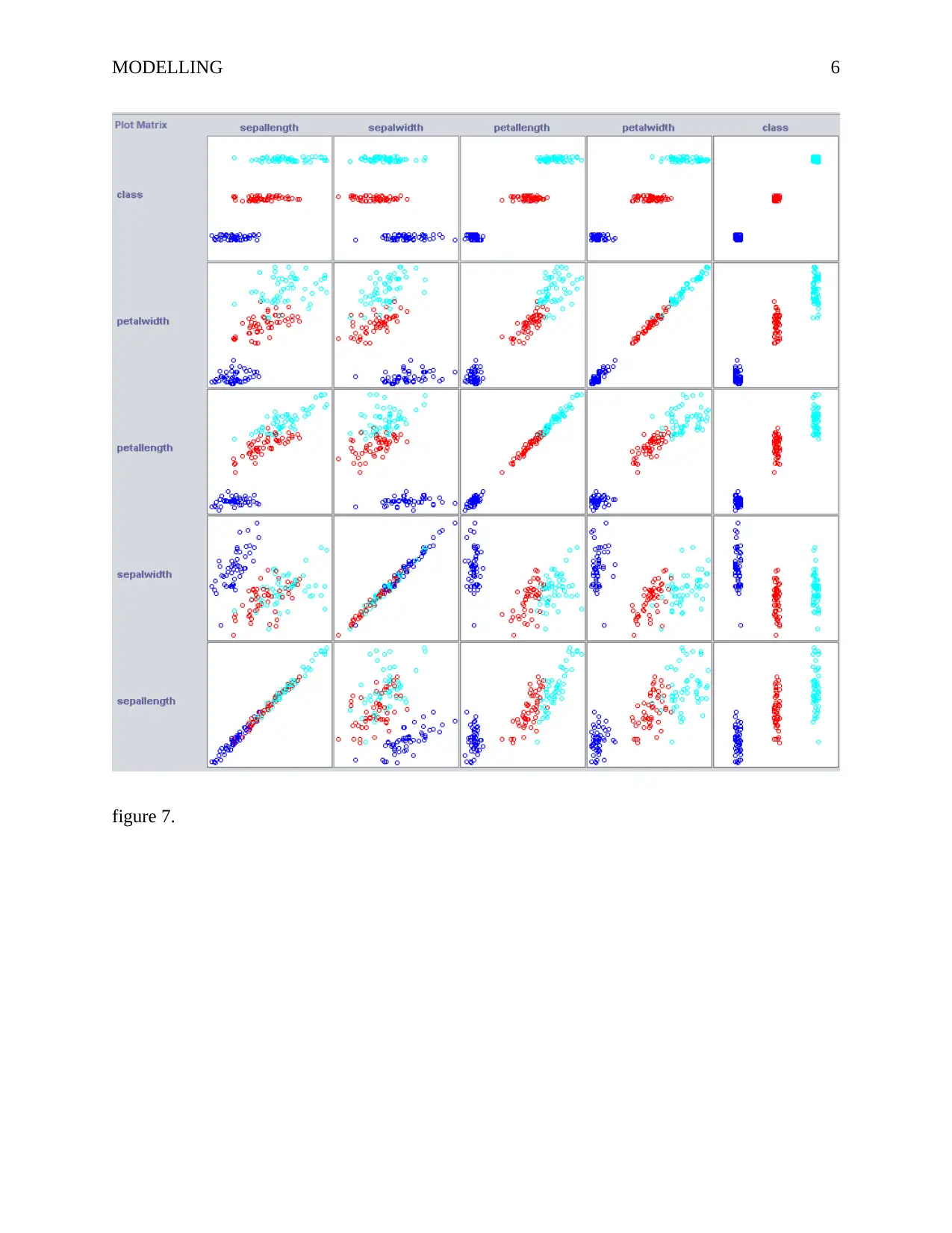
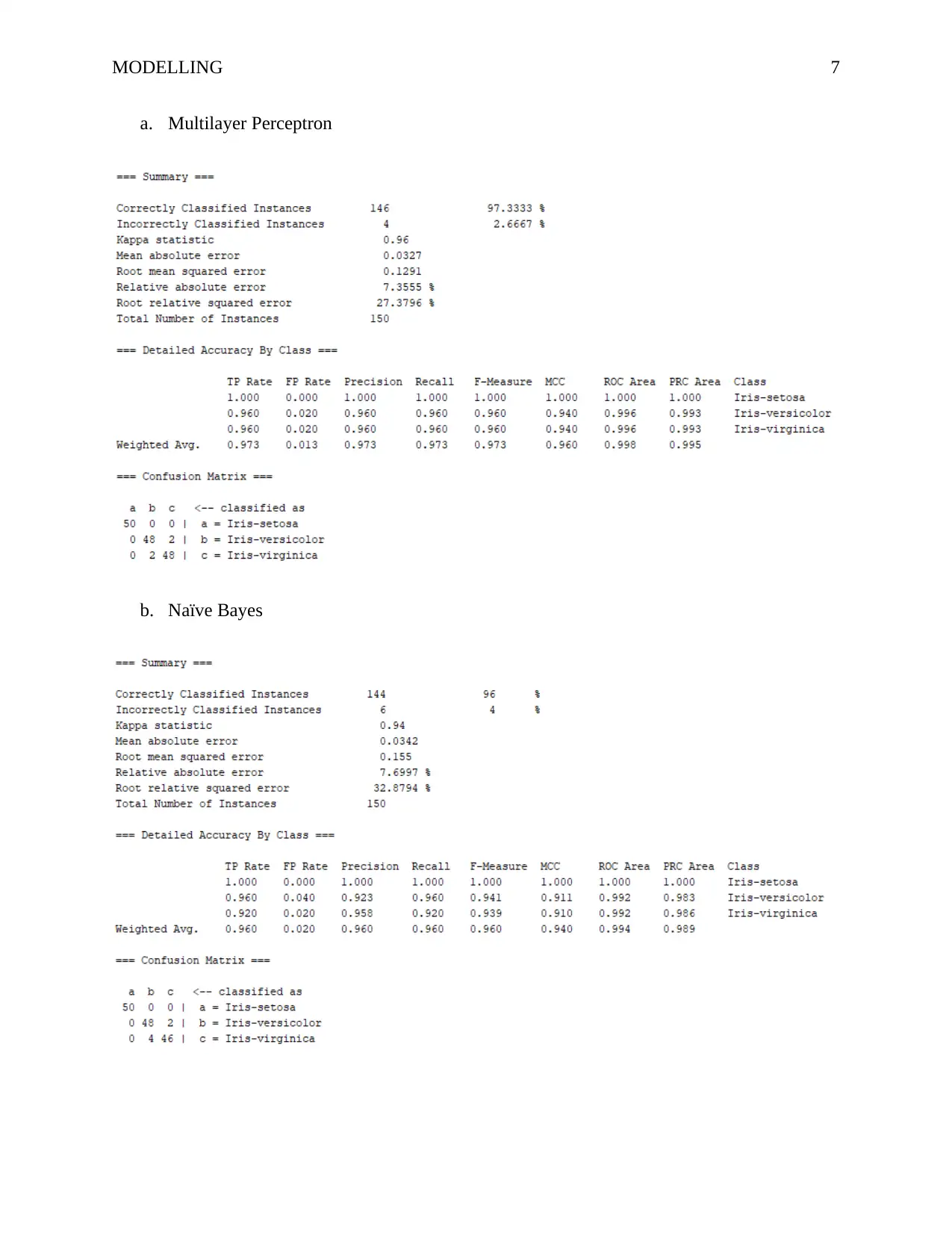
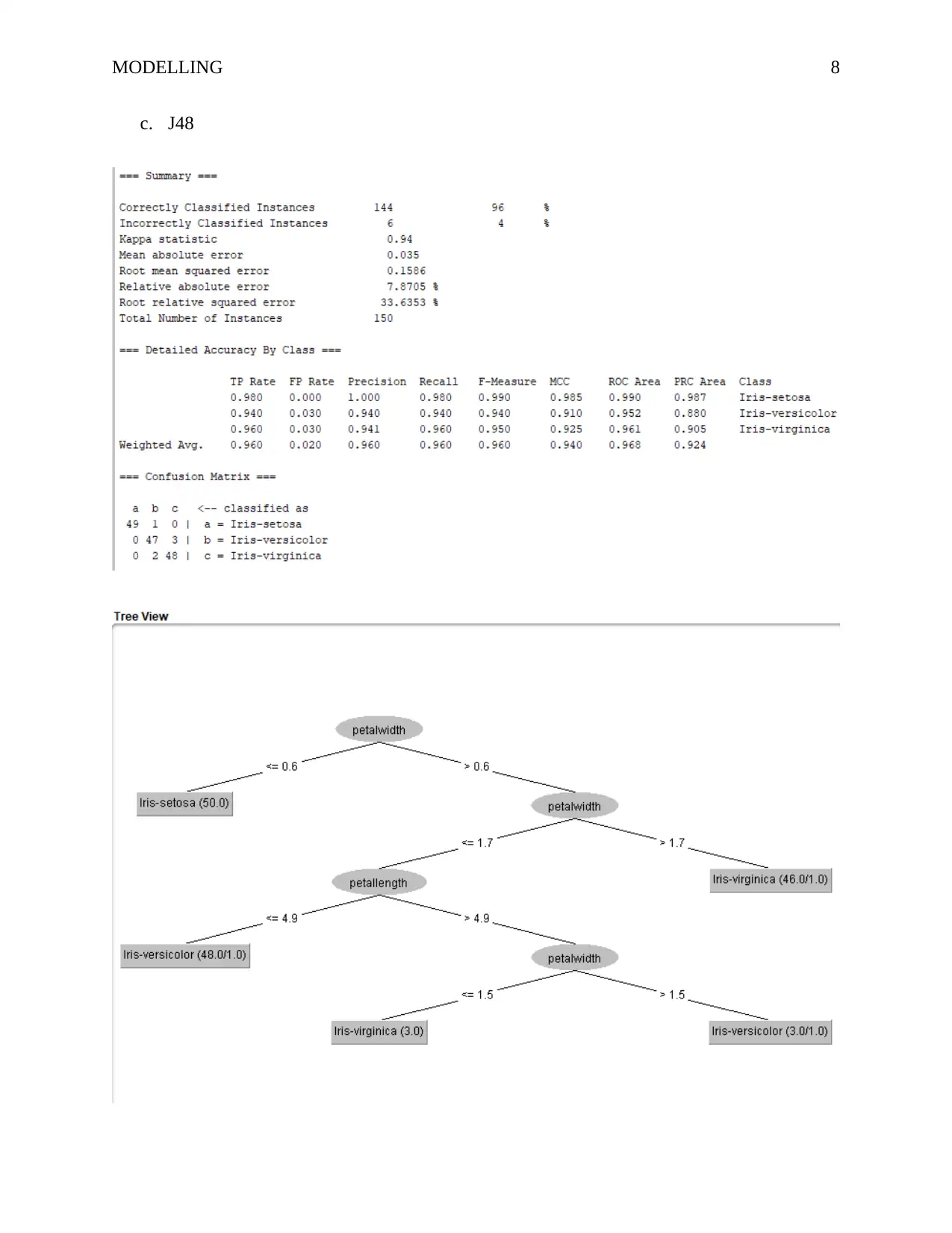
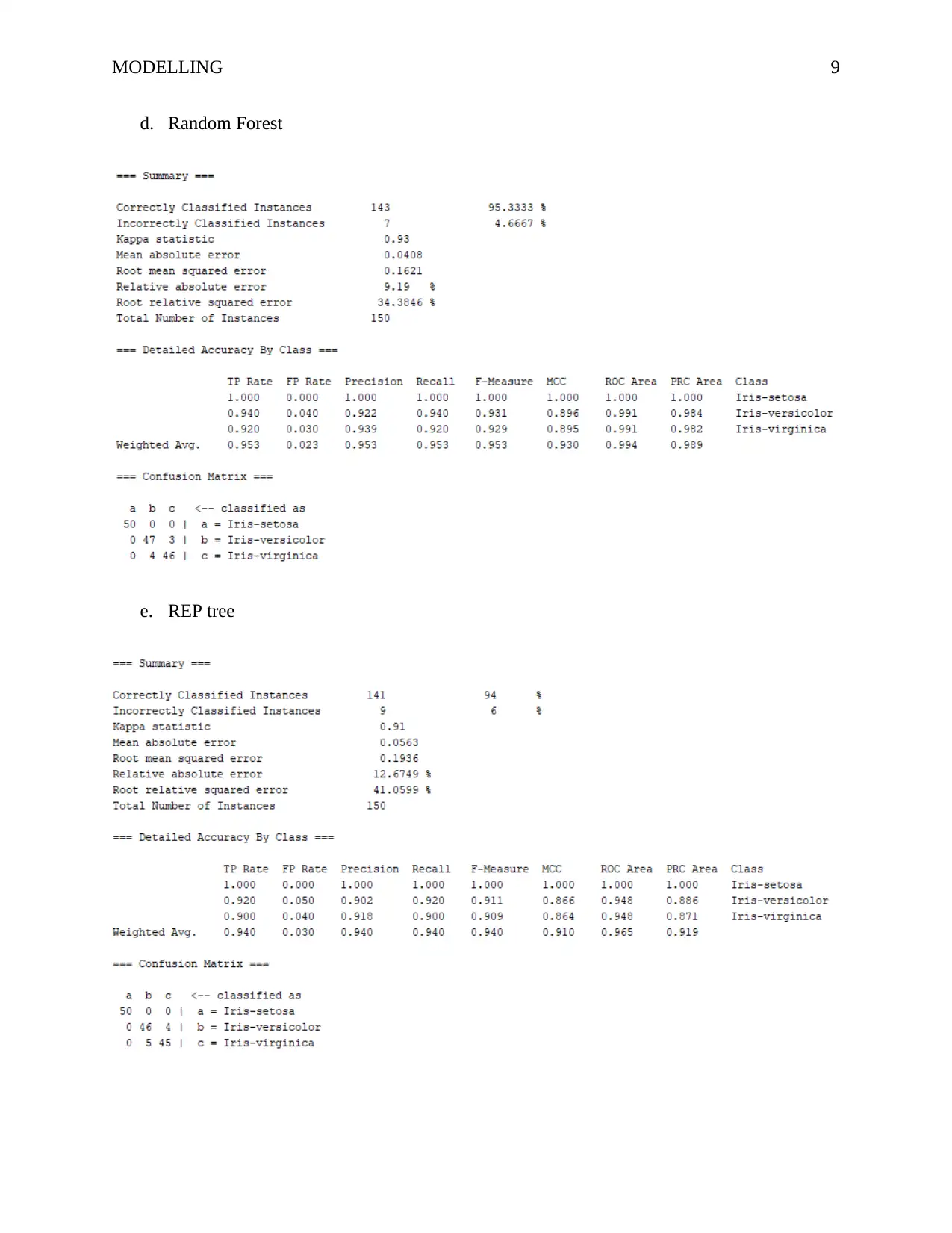
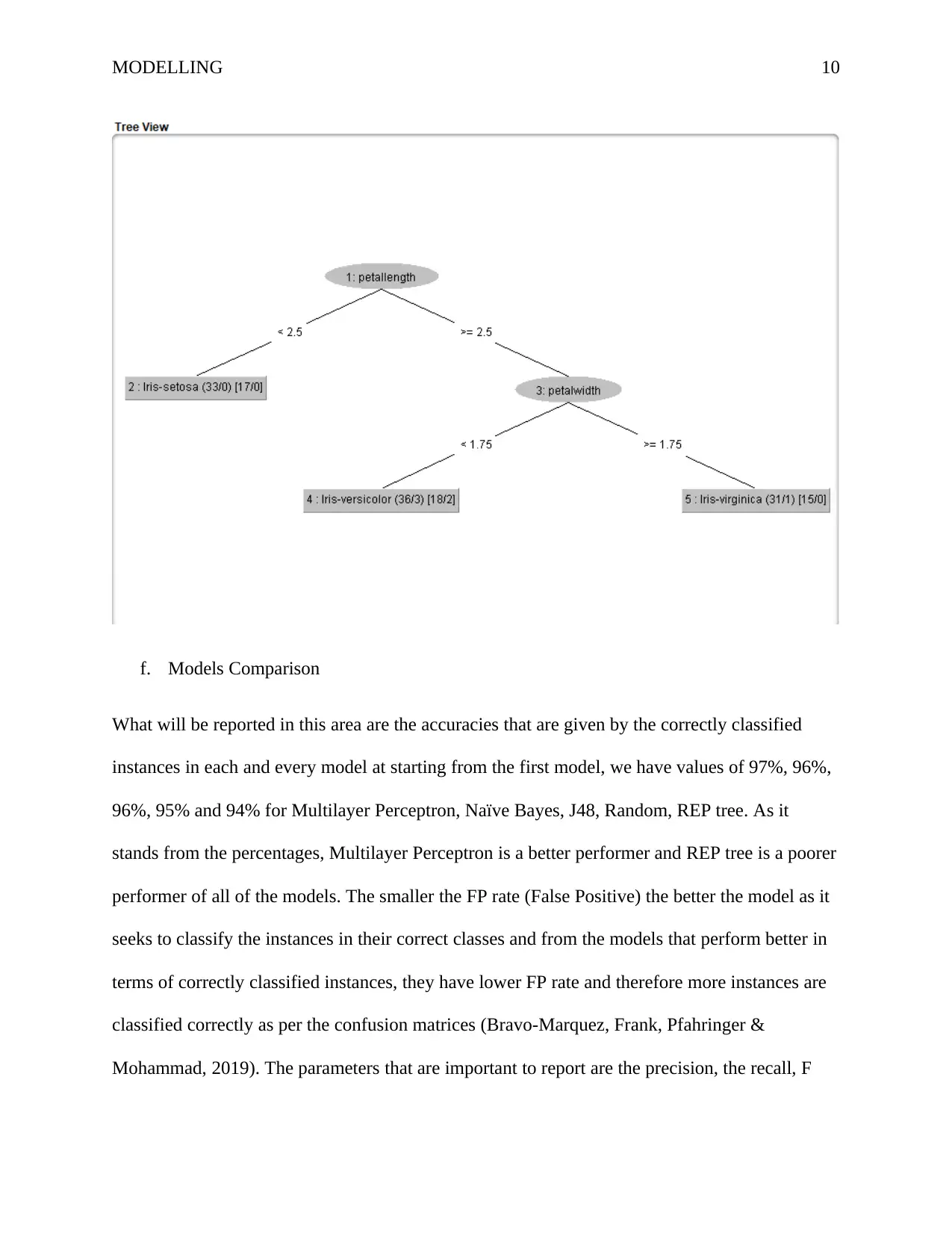
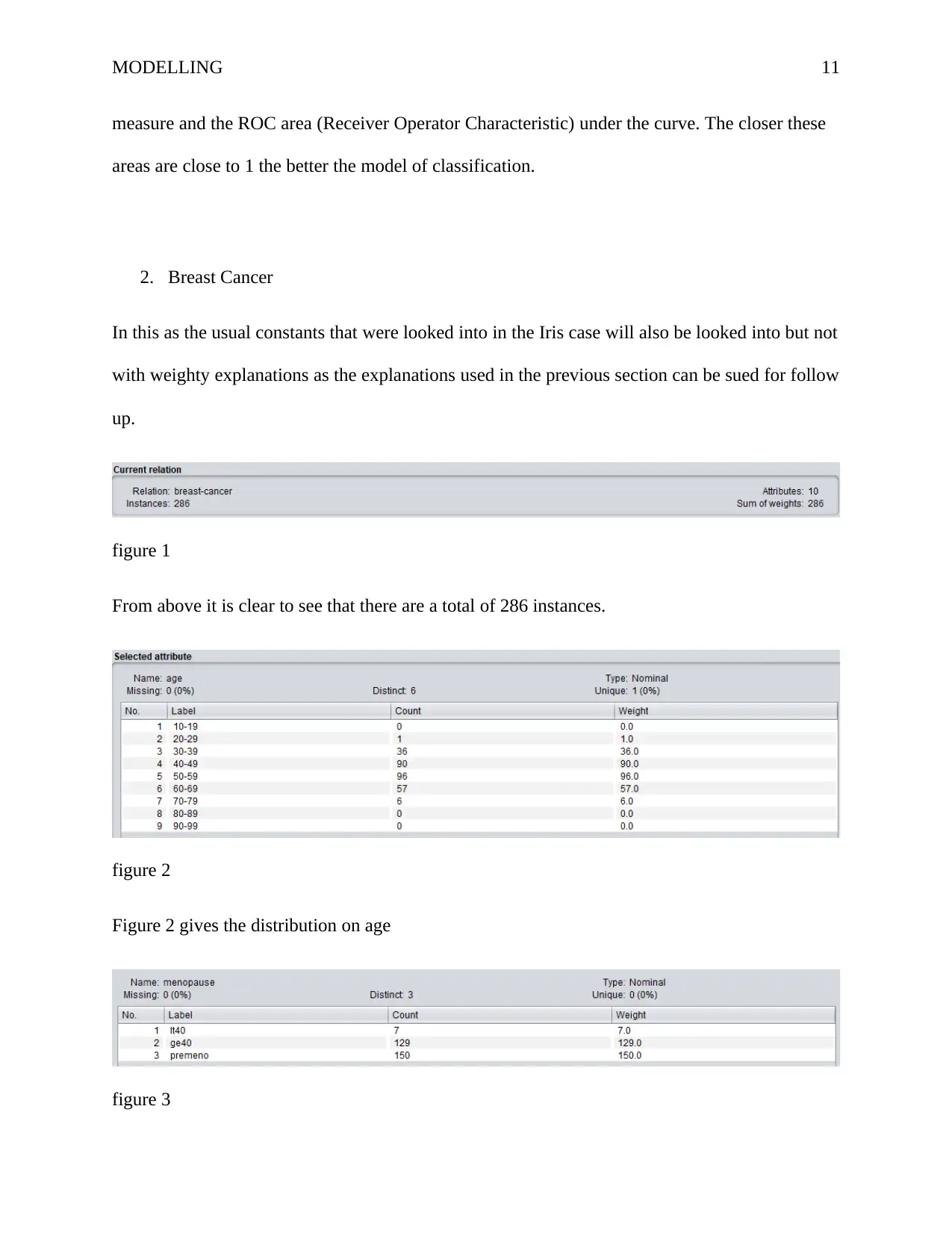
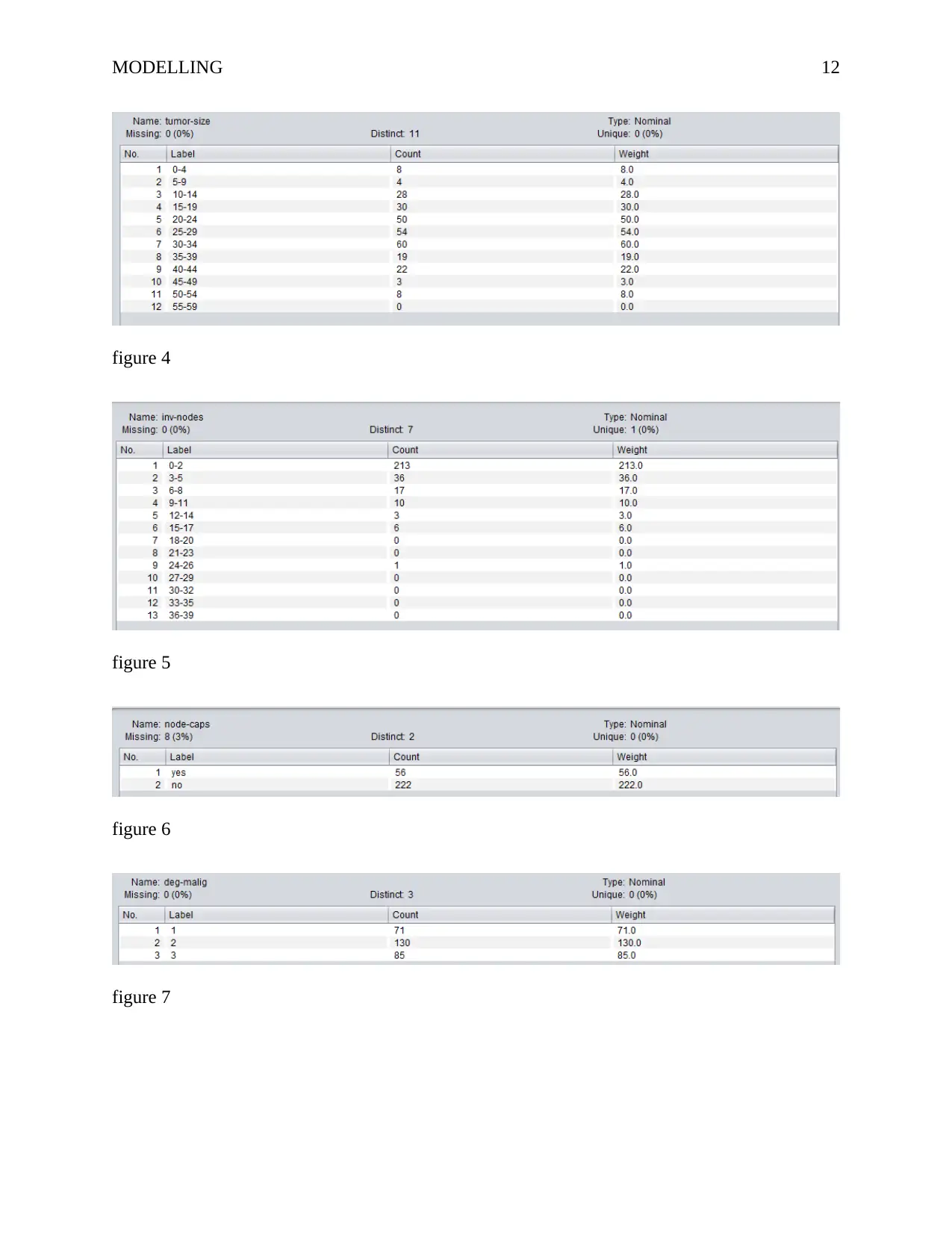



![[object Object]](/_next/static/media/star-bottom.7253800d.svg)